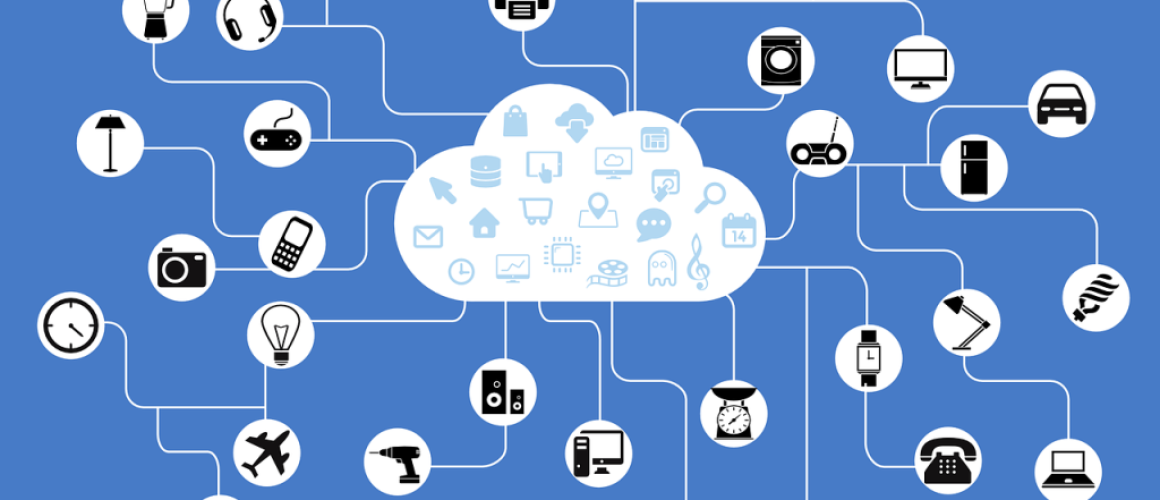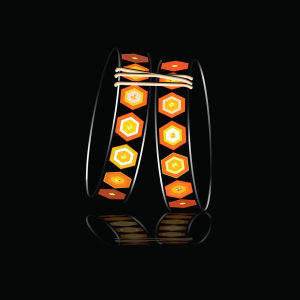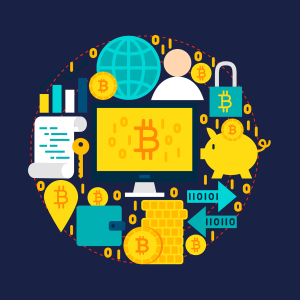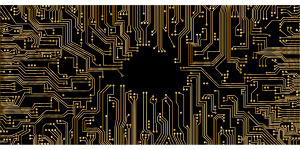Internet of Things and Relationship with Blockchain
Internet of Things (IoT) is currently a multi-billion-dollar industry and projected to grow even further with huge potential in developing countries. These interconnected devices support millions of “digital twins”, where virtual copies of physical objects or processes are created. These virtual copies consist of IT components for status updates, connectivity, defined data structures and user interfaces which visualize relevant data. Blockchain technology appears as potentially the most suitable and efficient way to generate, monitor and exchange digital twins due to its features of immutability and transparency. This blog discusses how IoT and Blockchain can be brought together to revolutionise the digital space.
Application Areas of Digital Twins
The IoT ecosystem’s potential to benefit industry increases with a growing digital twin population. Currently high value assets such as airplane turbines or windmills have been subject to this development, however other industries like consumer, business, manufacturing, automotive or secure cold wallet collectibles have the potential to greatly benefit from digital twins and related business modelling. Some specific use cases are listed as follows:
- Track and Trace: Digital twins stored within the IoT ecosystem to enable tracking of location of a shipped item and circumstances under which the shipment took place.
- Proof of Provenance: By adding crypto hardware components to physical good and storing related metadata, digital twins in combination with crypto hardware can act as a bulwark against product piracy.
- Digital Lineage: Adding crypto hardware to goods enables a secondary market for collector’s items or goods of high value across multiple sectors.
- Peer-to-peer trading: P2P trading based on information provided by digital twins greatly improves the communication between participants since it creates transparency by removing the need for human intermediaries and by increased trustworthiness of the supplied data.
Blockchain – IoT User Interaction Model
The IoT ecosystem is currently extremely fragmented which has limited the potential for digital twins. A distributed ledger platform could help overcome this fragmentation as blockchains could server as a transaction platform for a diverse set of parties (data providers and data users).
The Blockchain – User Interaction Model is based on multiple ecosystems having many ecosystem users who are connected through hardware with ecosystem components and use cases. This is provided by Blockchain technology which is shaped by regulatory and social norms. The four major stakeholders in this model are users, regulatory authorities, technology firms and infrastructure companies. The foundation of the model is the mutually used platform, populated by users with digital twins and which are accessed for further processing of information.
What role does Blockchain play in this model? Some benefits are highlighted as follows: –
- Users from a particular ecosystem are not limited to interacting with their original ecosystem only, but can access all connected applications. This is possible due to Blockchain technology which allows digital twins to be “tokenized” and equipped with smart contracts.
- The user-friendly and efficient platform with adequate infrastructure that allows multi-stakeholder interactions forms the basis of this model. The peer-to-peer capabilities, encryption features and complete traceability offered by Blockchain are very advantageous.
- Blockchain hardware, such as a microchip, can be added to guarantee that digital twins are created in the chip’s secure environment and are stored with cryptographic security. Smart contract-based obligations can be settled due to mutual trust in the blockchain.
The Last Word
It can be observed that Blockchain has the capability to neatly dovetail to fill in the gaps with regard to the next phase of IoT evolution. Distributed ledger technology combines immutability, transparency and security in a platform to enable use cases like track and trace, proof of provenance etc. to be realized and new business models will be in a position to realize the potential benefits as a result of Blockchain – IoT interaction. The word “game-changer” is sometimes used loosely, however if the application of Blockchain in IoT industry is fully realized, it will possibly be a game-changer like no other!




